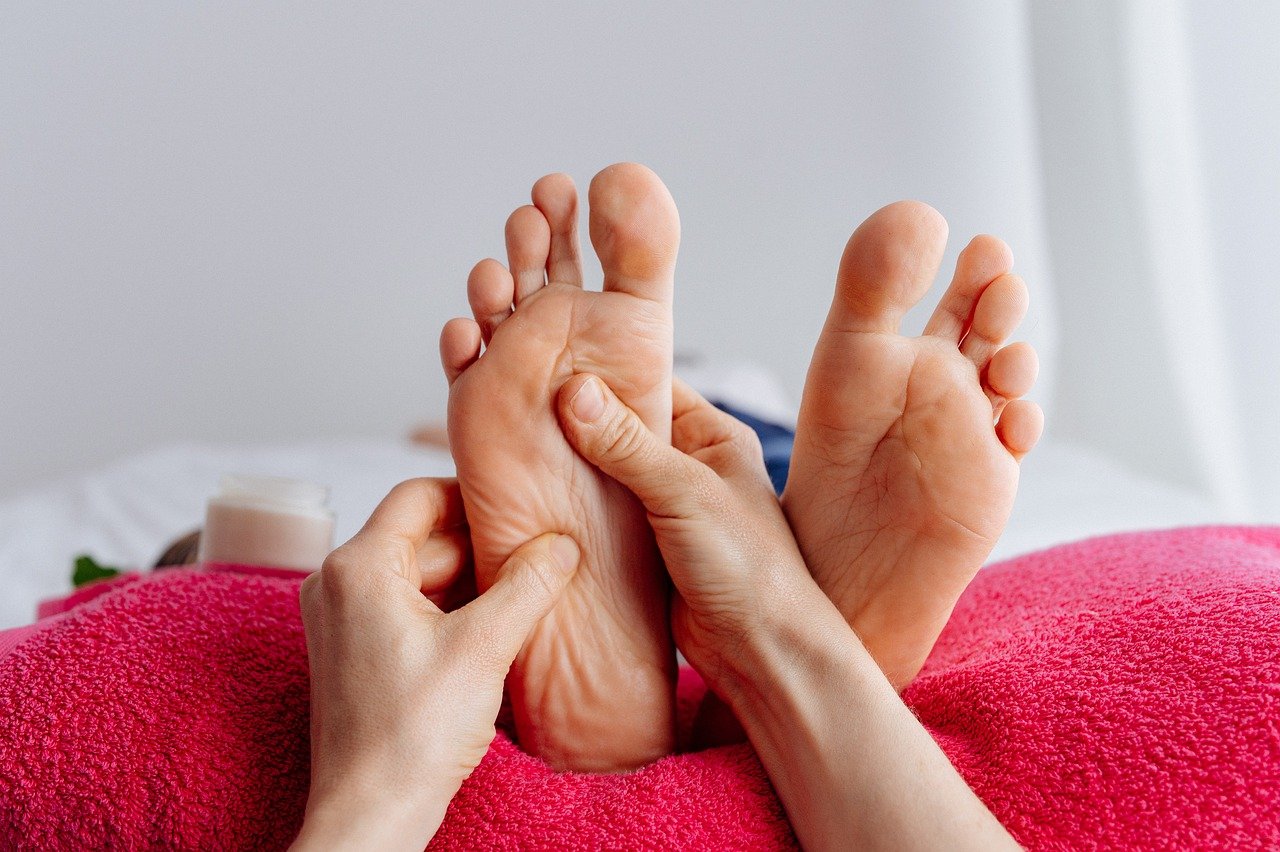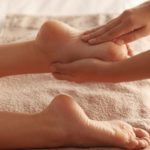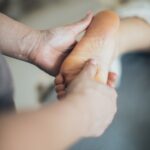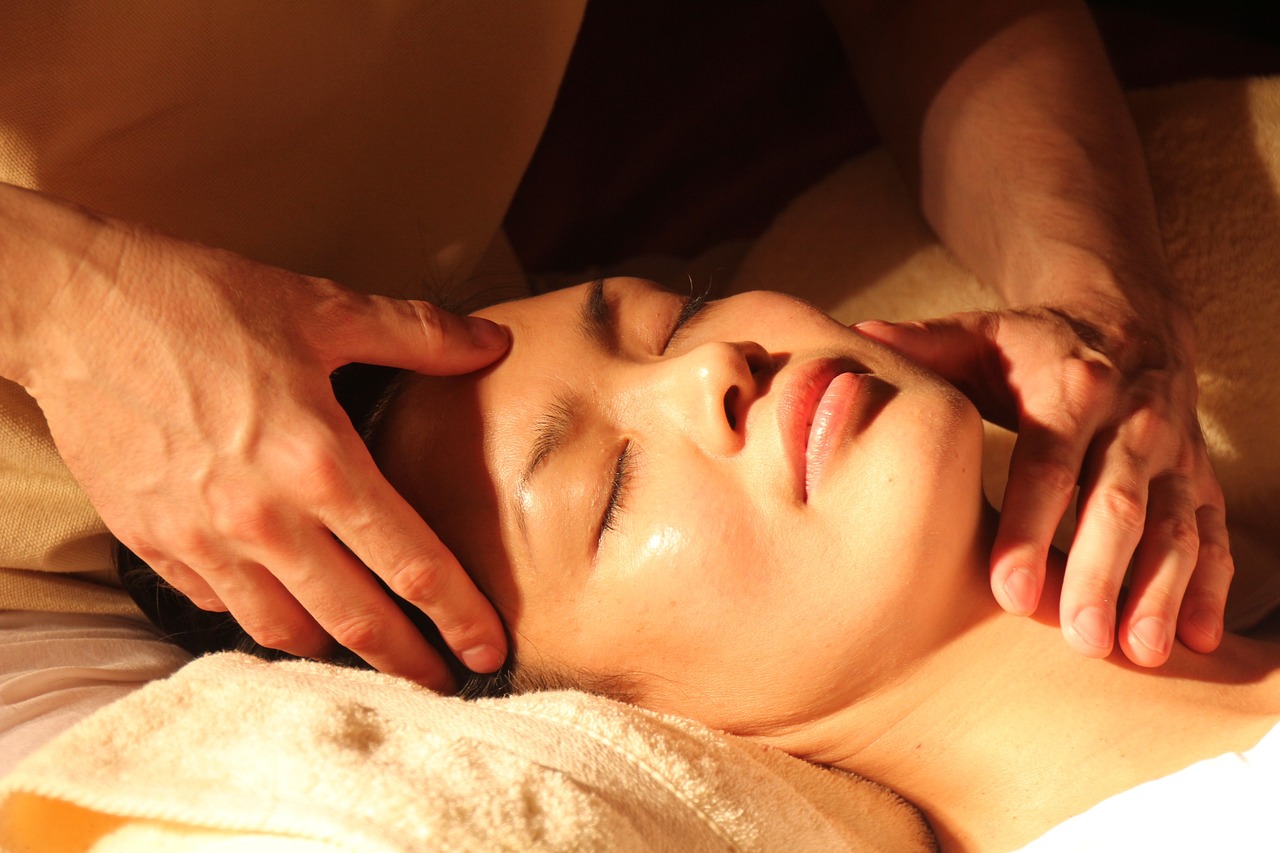
Dispelling the Top 10 Reflexology Myths
Reflexology, an age-old therapeutic practice, has steadily climbed the ranks in health and wellness circles for its unique approach to promoting natural health and well-being. Unlike traditional medicine, reflexology involves the application of pressure to specific points on the feet, hands, and even ears, corresponding to different organs and systems of the body. This method is increasingly being recognized and integrated into more conventional medical settings, including hospitals and clinics. Despite its rising popularity, misconceptions about reflexology persist. This blog aims to clear the air by debunking the top ten myths surrounding reflexology, ensuring that the truth about this beneficial practice is widely understood.
Myth 1: Reflexology is Just a Foot Massage
One common misconception is that reflexology is nothing more than a simple foot massage. However, reflexology goes far beyond the soothing strokes of massage therapy. While it does incorporate elements of massage, reflexology is a distinct practice where a trained reflexologist applies specific techniques and pressures to particular points on the feet. These points are thought to correlate with different organs and body systems. The goal of reflexology is not just relaxation but to stimulate the body’s own healing mechanisms and maintain balance within the body’s systems, a state known as homeostasis. This targeted and intentional approach is what sets reflexology apart from more general types of foot massages.
Myth 2: Reflexology is a Recent Fad
Despite its modern popularity, reflexology is far from a contemporary fad. The practice dates back thousands of years, with evidence of its use found in ancient civilizations such as Egypt—where depictions from around 2500 BCE show the application of pressure to the feet and hands. Modern reflexology as practiced today was largely developed in the 1930s by Eunice Ingham, often considered the mother of modern reflexology. Her work helped transform ancient practices into the systematized form used today. As such, reflexology is deeply rooted in historical therapeutic practices and has been refined over centuries to become the well-defined treatment it is now.
Myth 3: Lack of Scientific Evidence Supporting Reflexology
While reflexology is often dismissed due to perceived insufficient scientific backing, numerous studies have pointed to its effectiveness, particularly in managing stress, anxiety, depression, and pain. Research conducted globally has demonstrated that reflexology can significantly enhance relaxation and reduce psychological distress. Moreover, specific studies focused on pain management have found reflexology helpful in reducing chronic pain and improving quality of life. Although more research is necessary to explore the full range of benefits and mechanisms behind reflexology, the existing evidence supports its efficacy as a complementary therapeutic practice.
Myth 4: Reflexology is Painful
A common worry about reflexology is that it might be painful. In practice, reflexology involves applying a firm but comfortable pressure to various points on the feet, hands, or ears. While the pressure should be substantial enough to reach deep reflex points, it should not cause pain. Good communication between the reflexologist and the client is crucial to ensure the pressure is appropriate. Tender spots may indicate imbalances or stress in corresponding body areas, and a skilled reflexologist can adjust their technique to minimize discomfort while effectively addressing these points. The goal is always to enhance comfort and promote relaxation throughout the session, making the experience both therapeutic and enjoyable.
Myth 5: A Reflexologist Can Diagnose Illnesses and Treat Diseases
Reflexology operates under a clear scope of practice, which does not include diagnosing or treating specific illnesses in the same way a doctor would. Instead, reflexologists assess reflexes and energetically related zones in the body to enhance overall well-being and support the body’s natural healing processes. While reflexology can be profoundly insightful about one’s overall health and stress areas, a reflexologist will always recommend that any concerning symptoms be evaluated by a medical professional. This practice complements conventional medicine by supporting bodily functions and reducing stress but is not a substitute for medical diagnosis or treatment.
Myth 6: Reflexology Can Be Harmful to People Suffering from Cancer
Reflexology is often used as a complementary therapy for individuals undergoing cancer treatment. It aims to provide relaxation and stress relief, which can be particularly beneficial during such a challenging time. Many cancer centers and hospitals offer reflexology as part of their integrative care services. However, it is crucial to seek a reflexologist trained in adaptive techniques suitable for cancer and palliative care. These professionals are equipped to handle the unique needs of cancer patients, ensuring that the therapy is delivered safely and effectively without interfering with medical treatments. Studies have shown that reflexology can significantly enhance the quality of life for cancer patients by reducing pain, anxiety, and other symptoms associated with cancer and its treatments.
Myth 7: Reflexology is Only Performed on the Feet
While reflexology is commonly associated with foot therapy, it is not limited to just this area. Reflexologists also work on the hands, ears, and even the face. Each of these areas contains reflex points that correspond to different parts of the body. For clients who may have issues with their feet or prefer not to have their feet touched, hand and ear reflexology are excellent alternatives that offer similar benefits. Furthermore, combining these methods can provide a comprehensive reflexology session tailored to the individual needs and preferences of the client, enhancing the therapeutic effects.
Myth 8: Reflexology is Unsafe for Pregnant Women
Reflexology is often sought out by pregnant women for its potential to promote relaxation and well-being during pregnancy. However, there are concerns, particularly regarding treatment during the first trimester. While reflexology is generally considered safe during pregnancy, it is crucial for practitioners to be aware of and sensitive to the specific needs and conditions of pregnant clients. Most reflexologists advise waiting until the pregnancy is well-established, particularly after the first trimester, to begin treatment. It is also a fascinating aspect of reflexology that the developing baby can be reflexively represented on the mother’s feet, making the connection between mother and baby through reflexology a unique and gentle bonding experience.
Myth 9: Reflexology is Not Suitable for Babies and Children
Contrary to the belief that reflexology is only for adults, children and even infants can benefit greatly from this gentle therapy. Pediatric reflexology is tailored specifically to the needs of younger clients, using lighter and shorter sessions compared to those for adults. Many reflexologists are trained specifically in techniques suitable for babies and children and offer classes for parents to learn simple techniques to calm and soothe their children. These sessions can be particularly beneficial in alleviating common discomforts like colic, sleep disturbances, and teething pains, making it a valuable tool for parents looking to provide relief for their little ones.
Myth 10: You Can’t Have Reflexology if You’re Ticklish
The idea that ticklishness precludes enjoying reflexology is a significant barrier for some. However, reflexologists are skilled in adjusting their techniques to ensure comfort for even the most ticklish clients. The firm, targeted pressure used in reflexology is quite different from light, ticklish touches. For those who are unsure or apprehensive about having their feet touched, reflexologists can use alternative approaches such as working on the hands or ears. Many practitioners also offer short introductory sessions, allowing new clients to experience reflexology without committing to a full session right away. This flexibility ensures that reflexology can be adapted to suit the needs and preferences of each client, making it a versatile and accessible form of therapy.
Conclusion
The myths surrounding reflexology, while widespread, often stem from misunderstandings or limited awareness of the practice’s depth and potential benefits. By debunking these myths, we not only clarify what reflexology truly involves but also highlight its versatility and accessibility as a complementary therapy. Whether you are dealing with stress, undergoing medical treatment, or simply seeking a way to promote overall well-being, reflexology offers a unique and holistic approach to supporting health. Always consult with a trained and experienced reflexologist to fully understand how this therapy can be tailored to meet your individual health needs. This approach ensures that everyone can consider incorporating reflexology into their wellness regimen, guided by accurate information and professional advice.








